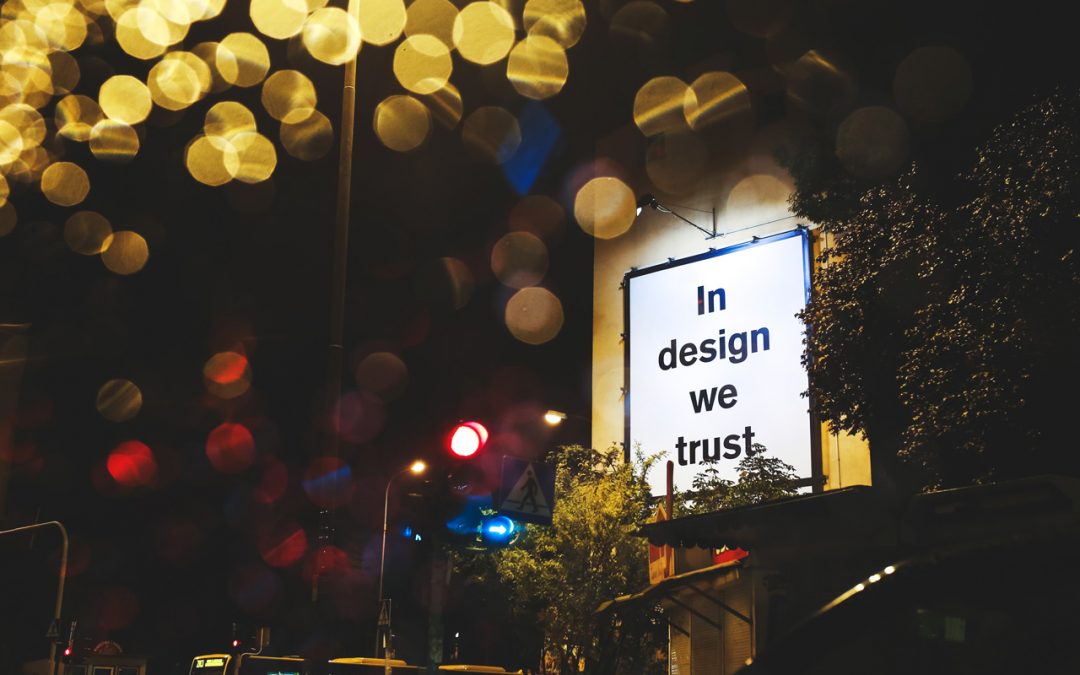
How to create a successful marketing campaign: Christmas jumper day
How to create a successful marketing campaign: Christmas jumper day
This is the first in our irregular series looking at successful marketing campaigns and how you can create your own winning promotion.
2021 is the 10th anniversary of Save the Children’s annual fundraising Christmas jumper day. Last year the campaign raised £3m for the charity – despite all the challenges of last Christmas. So why is this campaign so successful? And most importantly, how can you recreate its achievements?
There are five key reasons Christmas jumper day is so popular.
First, it’s simple. It’s an easy-to-understand concept. Wear a Christmas jumper then donate some money for doing so. Great! Finding a similarly simple concept to promote your charity or organisation might not be so easy but it is possible. There are a few options – either you can choose a time of year that you want to focus your efforts on and pick something familiar as a ‘hook’ to hang your campaign on; Easter bonnet day for example. Or you pick something that it iconic to your brand and focus on that.
Secondly, use an item they have or are familiar with. Everyone knows what a Christmas jumper is. Many people own them. Picking a day when everyone should wear them makes it powerful. This leads into point three.
Three, make your campaign accessible. Everyone can wear a Christmas Jumper. This is one of the reasons it is so popular in schools, places of work – everywhere. Anyone and everyone can join in – if they’re willing to wear a questionable jumper. And in fact, since Christmas jumper day launched the options for more tasteful Christmas jumpers have increased. Incidentally this has been reflected in the marketing. It started as a very tongue in cheek, dodgy jumper day. But its simplicity and popularity mean it has grown to be more middle-of-the-road. Asking people to wear ballgowns, for example, will never become so popular because they are not so easy to get hold off, a good percentage of the population would rather not wear them and many people couldn’t do their job in them.
Four, make it regular. This is the 10th annual Christmas jumper day. Schools, PTAs, hospitals, community groups, local authorities – everyone knows to expect it in early December. This means they can make it part of their plan for the year.
Five, make people feel good. This is the most important part to any successful campaign. People have to feel good for taking part. Save the Children’s Christmas jumper day makes people feel good for donating to a worthy cause. And they can build excitement about the coming celebrations for Christmas. It’s a win-win. How can your organisation leverage this feel good factor? Are you a charity that people can feel good raising money for? Are you an organisation which people can volunteer for and feel good doing so? Are you a small business that can make people feel good for supporting? Find your feel good factor and use it.
What lesson from Christmas jumper day will you be taking into your campaigns in 2022?
Remember We Are Comma can help design, develop and deliver your campaigns and create success for your organisation. Email to find out how we could help you.

Photos from Adobe Stock




